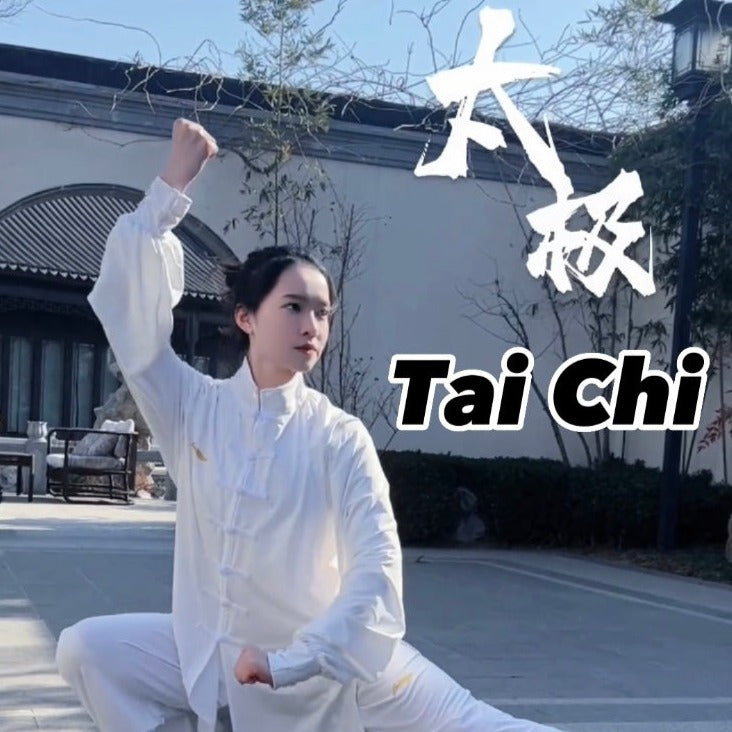
Online Learning Community Interaction
-
Yang Style Tai Chi: Complete Instruction from Basics to Advanced(1-26 Chapters)
Ordinarie pris $39.00Ordinarie prisEnhetspris per$159.00Försäljningspris $39.00Rea -
Chen-style Tai Chi 1-29 Chapters
Ordinarie pris $69.00Ordinarie prisEnhetspris per$69.99Försäljningspris $69.00Rea -
Nine-Turn Tai Chi Power 26 Watch the lessons online, no download required.
Ordinarie pris $119.00Ordinarie prisEnhetspris per$69.00Försäljningspris $119.00 -
Taijiquan Silk Reeling Technique 1-43 Chapters
Ordinarie pris $99.99Ordinarie prisEnhetspris per$99.99Försäljningspris $99.99
Keep a massage therapist by your side Ways to Relieve Fatigue
-
Sheep Horn Meridian Massage Comb: Relieve Health Issues Caused by Long Sitting and Restore Comfort to Your Scalp and Neck
Ordinarie pris $42.99Ordinarie prisEnhetspris per$159.00Försäljningspris $42.99Rea
【Tai Chi: The Art of Flowing Culture and Life】
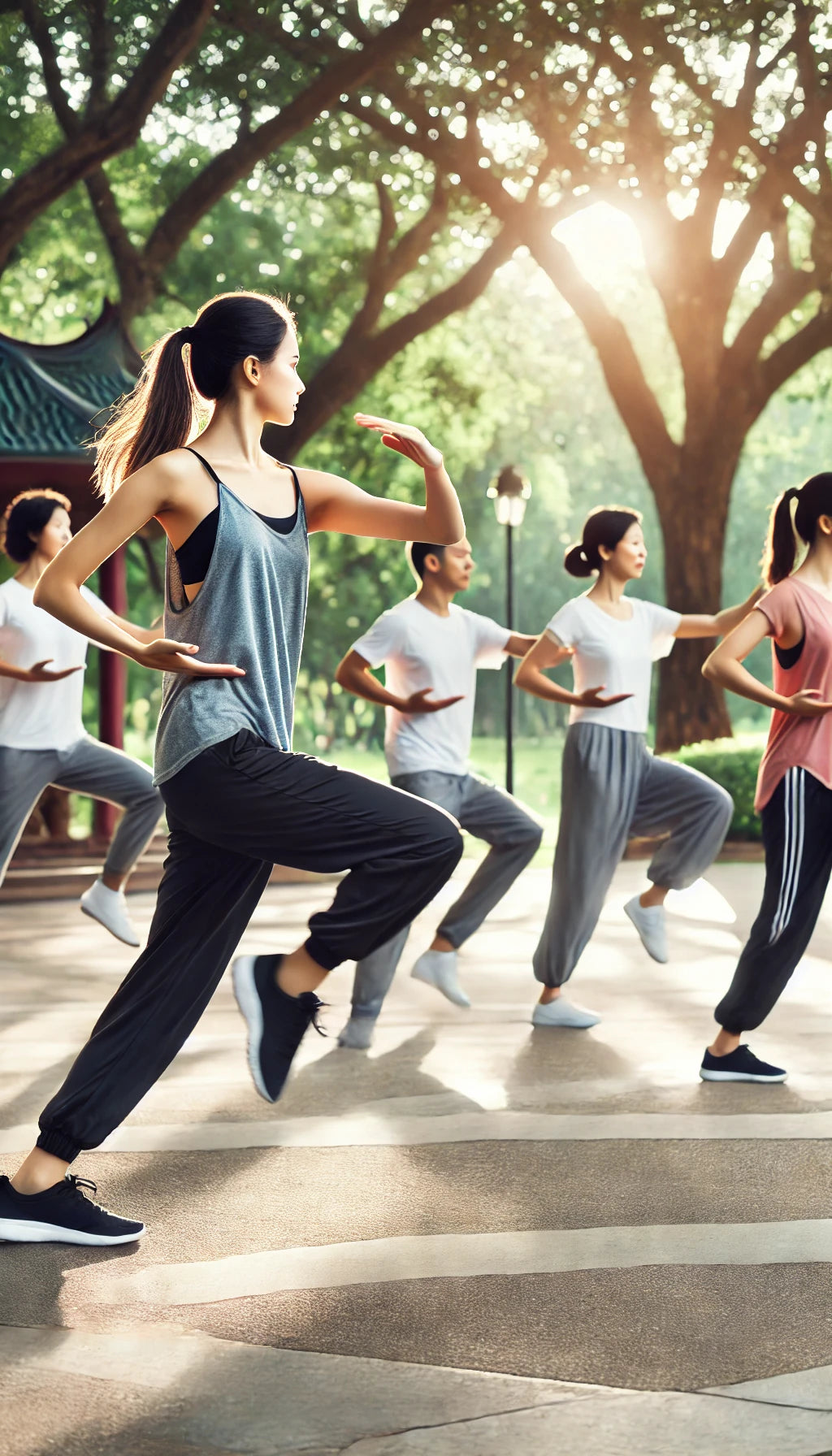
Tai Chi
Introduction to Chinese Tai Chi
Tai Chi is an essential part of traditional Chinese martial arts, originating in the 17th century. It is believed to combine the essence of martial arts, philosophy, medicine, and health cultivation. Tai Chi is renowned for its unique slow, gentle, and fluid movements, as well as its deep cultural significance. It is a practice that emphasizes the harmony of both internal and external aspects.
Tai Chi movements focus on "using softness to overcome hardness" and "controlling motion with stillness." Through slow and continuous actions, it regulates breathing and promotes the circulation of energy (Qi) throughout the body. The foundational philosophy of Tai Chi is rooted in ancient Daoist thought, seeking the balance of Yin and Yang and the alignment of internal energy. Practicing Tai Chi not only enhances physical strength, flexibility, and stamina, but it also nurtures inner calm and balance, helping to reduce stress and improve concentration.
There are several major styles of Tai Chi, including Chen, Yang, Wu, and Sun styles. Each style has its unique movements, but they all share the core principles of internal energy flow and the cultivation of Qi.
In recent years, Tai Chi has gained global popularity as a health-promoting exercise. Whether for the elderly, the young, or busy modern individuals, Tai Chi offers significant benefits for physical and mental well-being.
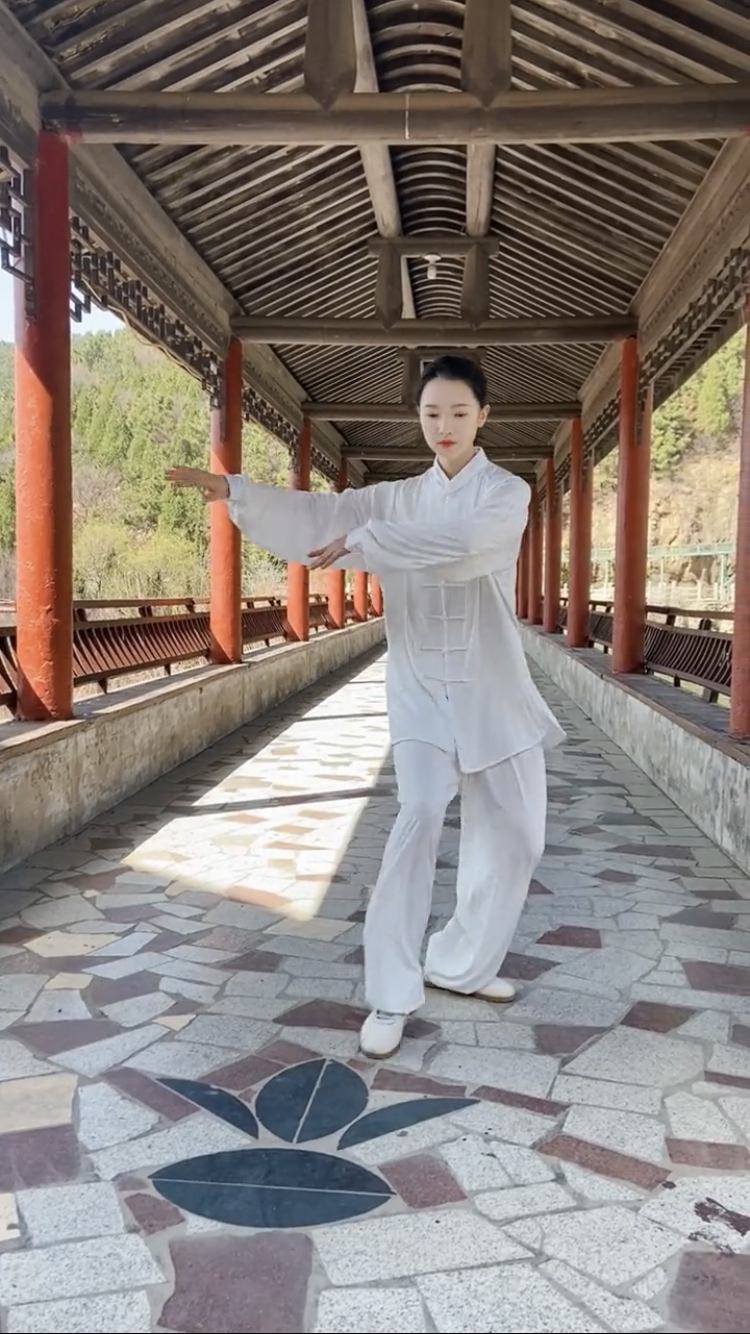
Taiji Coiling Silk Qigong Cultivation Method
one
The practice of Tai Chi emphasizes the guidance of intention, where movements are not solely reliant on physical strength but are completed through the direction of the mind. The principle of "intention, energy, and strength in harmony" is key to Tai Chi practice. By focusing on the synchronization of movements and breathing, the mind leads while the body follows, allowing each movement to flow with rhythm. It's important to avoid impatience, maintain a natural and smooth pace, and fully experience the benefits of Tai Chi.
Moreover, Tai Chi is rooted in the concept of yin and yang balance. During practice, the body's center of gravity should shift flexibly, distinguishing between emptiness and fullness. For example, when one foot bears the weight, the other foot should remain light, forming a dynamic interaction between movement and stillness, relaxation and tension, opening and closing. This yin-yang coordination not only enhances stability in movements but also improves balance and coordination.
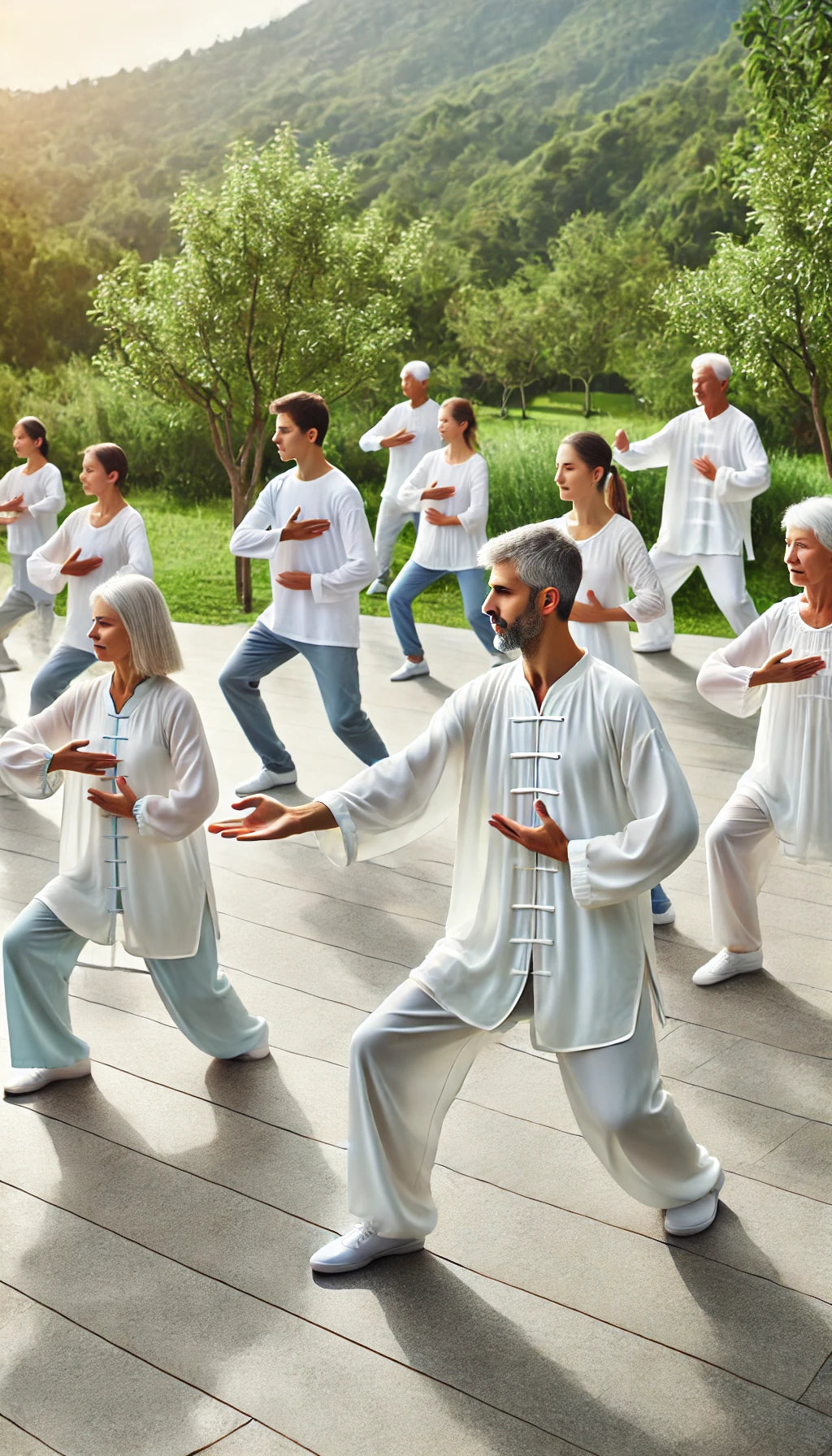
Yang-style Tai Chi Quan Heavenly Propagation Nine Forms
TWO
Breathing is another critical aspect of Tai Chi. The breath should be deep, long, and natural, aligning with the rhythm of the movements. When inhaling, the mind focuses inward, and the movements become more contained; when exhaling, the body expands and the movements are more expressive. This harmonious integration of breathing and movement promotes better circulation of energy (Qi) in the body and fosters inner peace and concentration, leading to the overall regulation of body and mind.
By practicing Tai Chi daily, you can not only improve your physical condition but also help relieve the stress and anxiety of daily life, enhancing your overall well-being. The charm of Tai Chi lies in its gentle nature, making it suitable for people of all ages. Whether you are a beginner or an experienced practitioner, you can benefit from Tai Chi, achieving both physical health and mental cultivation.
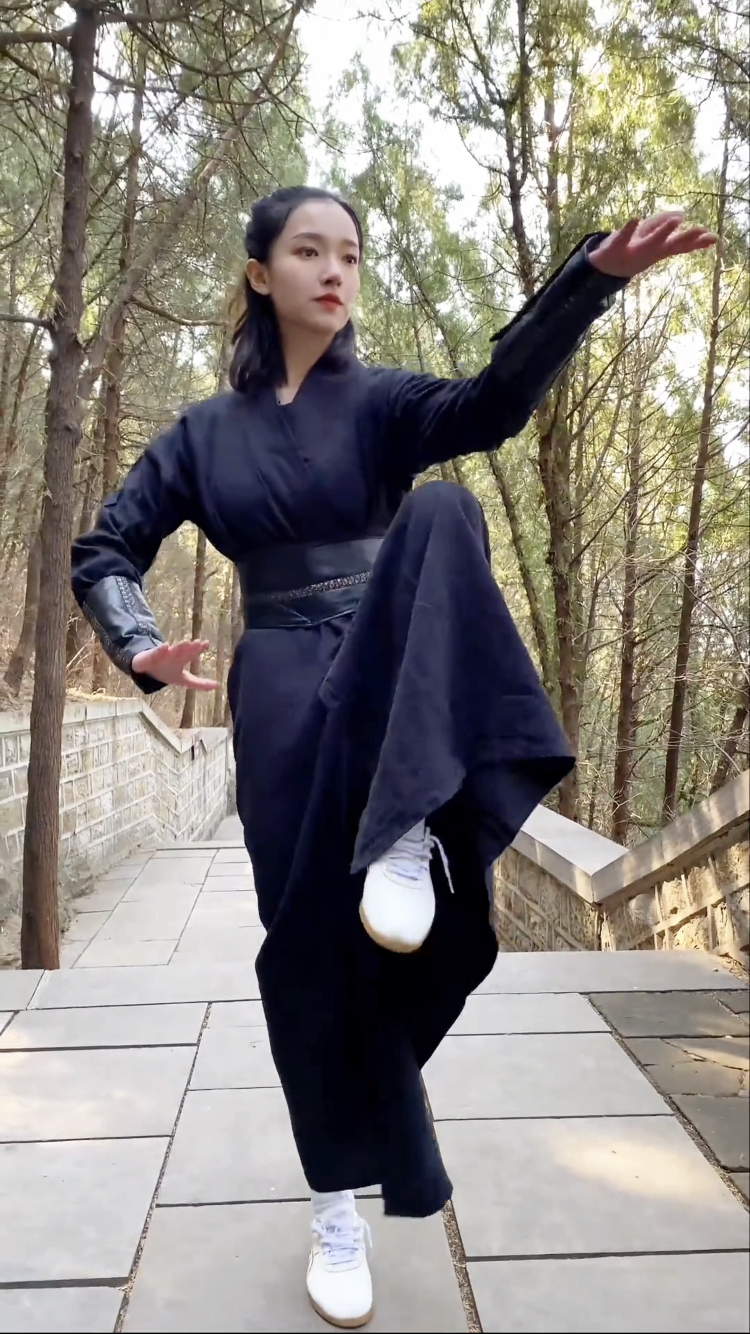
Taiji Coiling Silk Qigong Cultivation Method
Three
Tai Chi is known as "meditation in motion," as it gently exercises all muscles throughout the body while calming the mind.
It is a practice that everyone can engage in, regardless of age or physical condition. It is especially beneficial for older adults, as balance tends to decline with age. Tai Chi not only helps to improve balance but also enhances heart health and brain function.
The remarkable aspect of Tai Chi is that, while it appears gentle and slow-paced, it has been found to improve memory and cognitive flexibility more quickly than other exercises. According to over 10 years of research by Dr. Siu Ming Hui of the University of Hong Kong, practicing Tai Chi for 3 hours per week has been shown to be more effective than regular aerobic exercise in improving cognitive function in older adults with mild cognitive impairment.
Nowadays, cardiovascular health and blood sugar levels are of increasing concern. Avoiding conditions such as cardiovascular disease and diabetes can greatly enhance the quality of life during retirement. Researchers at Harvard University found that compared to brisk walking, Tai Chi has a significant effect in reducing blood pressure, blood sugar levels, and cholesterol.
Additionally, a study conducted in California involved a control group whose members all received the shingles vaccine, with half practicing Tai Chi and the other half participating in health education classes. After a few weeks, the group that practiced Tai Chi showed immune responses that were twice as strong as those of the other group. They also showed greater improvements in physical function, vitality, mental health, and a reduction in physical pain.













